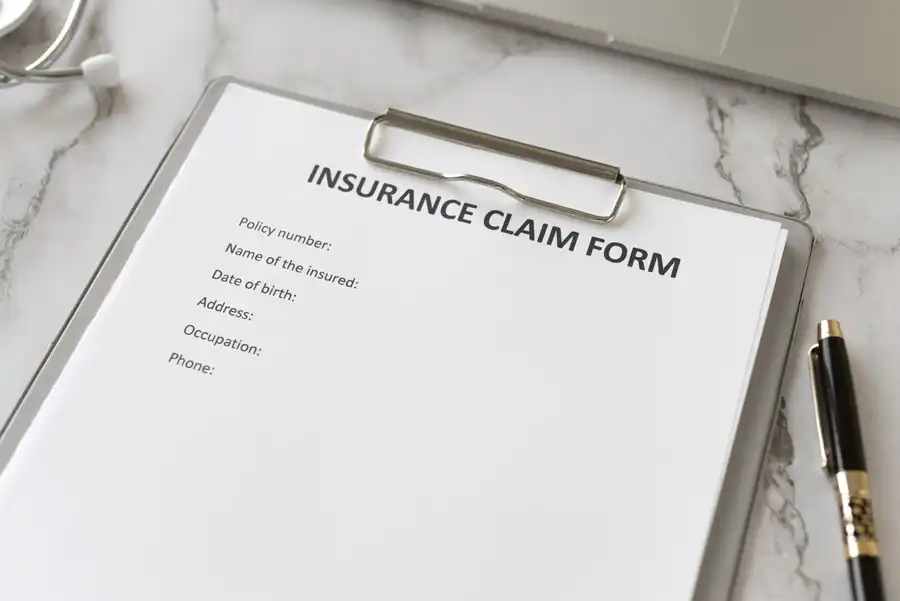As insurance adjusters, one of our critical responsibilities is accurately identifying Medicare beneficiaries in our claims. This knowledge is crucial for ensuring compliance with Medicare Secondary Payer (MSP) regulations and avoiding potential penalties. In this article, we’ll explore the definition of a Medicare beneficiary and discuss best practices for determining beneficiary status.
Understanding Medicare Beneficiaries: A Guide for Insurance Adjusters
What is a Medicare Beneficiary?
A Medicare beneficiary is an individual who is eligible for and enrolled in Medicare coverage. Medicare is a federal health insurance program primarily designed for:
- People aged 65 or older
- Certain younger individuals with disabilities
- People with End-Stage Renal Disease (ESRD)
It’s important to note that being eligible for Medicare doesn’t automatically make someone a beneficiary. They must be enrolled in the program to be considered a beneficiary.
Types of Medicare Coverage
Medicare beneficiaries may be enrolled in different parts of Medicare:
- Part A: Hospital Insurance (inpatient care, skilled nursing facility care, home health care, hospice care)
- Part B: Medical Insurance (outpatient care, preventive services, medical supplies, some prescription drugs)
- Part C: Medicare Advantage Plans (offered by private companies approved by Medicare)
- Part D: Prescription Drug Coverage
A person can be a Medicare beneficiary if they’re enrolled in any of these parts, either individually or in combination.
Best Practices for Determining Medicare Beneficiary Status
As adjusters, it’s our responsibility to determine whether a claimant is a Medicare beneficiary. Here are some best practices to follow:
1. Ask Directly
The simplest approach is to ask the claimant directly if they are a Medicare beneficiary. Include this question in your initial intake form or during your first conversation with the claimant.
2. Check Age and Employment Status
If the claimant is 65 or older, they are likely to be a Medicare beneficiary. However, some individuals over 65 who are still working (or have a spouse who is working) may have employer-sponsored health insurance as their primary coverage.
3. Inquire About Disability Status
For claimants under 65, ask if they receive Social Security Disability Insurance (SSDI). Most people become eligible for Medicare after receiving SSDI for 24 months.
4. Look for Medicare Cards
Ask the claimant if they have a Medicare card. If they do, request a copy for your files. Be aware that newer Medicare cards no longer display Social Security numbers.
5. Use the Medicare Beneficiary Database (MBD)
As an adjuster, you should have access to the Medicare Beneficiary Database. This official source can confirm a person’s Medicare status.
6. Employ the Section 111 Query Process
The Section 111 Query Process allows insurers to submit queries to Medicare to determine the Medicare status of claimants.
What to Do if the Person Doesn’t Know Their Medicare Status
Sometimes, a claimant may be unsure about their Medicare status. In such cases:
- Explain the Importance: Inform the claimant why knowing their Medicare status is crucial for processing their claim correctly.
- Suggest Self-Check: Direct the claimant to Medicare.gov, where they can create an account to check their enrollment status.
- Recommend Contacting Social Security: The claimant can call the Social Security Administration at 1-800-772-1213 to verify their Medicare status.
- Use Your Resources: Utilize the Medicare Beneficiary Database or Section 111 Query Process to verify status on your end.
- Follow Up: Set a reminder to follow up with the claimant if they need time to confirm their status.
- Document Your Efforts: Keep detailed records of all attempts to determine the claimant’s Medicare status.
The Importance of Accurate Identification
Correctly identifying Medicare beneficiaries is crucial for several reasons:
- Compliance: It ensures compliance with Medicare Secondary Payer laws and reporting requirements.
- Avoiding Penalties: Failure to report Medicare beneficiaries can result in significant fines.
- Proper Coordination of Benefits: It allows for correct determination of primary payer status.
- Protecting Medicare’s Interests: It helps in considering whether a Medicare Set-Aside (MSA) is necessary for future medical expenses.
Conclusion
As insurance adjusters, our role in identifying Medicare beneficiaries is critical to the claims process. By following these best practices and understanding the definition of a Medicare beneficiary, we can ensure compliance, avoid penalties, and process claims efficiently.
Remember, when in doubt, it’s always better to err on the side of caution. If you’re unsure about a claimant’s Medicare status, use all available resources to verify it. Your diligence in this area protects not only your company but also ensures that Medicare beneficiaries receive the correct coverage and benefits they’re entitled to under the law.
CMS Resources
- Mandatory Insurer Reporting for Non-Group Health Plans Overview, CMS Website (2024)



